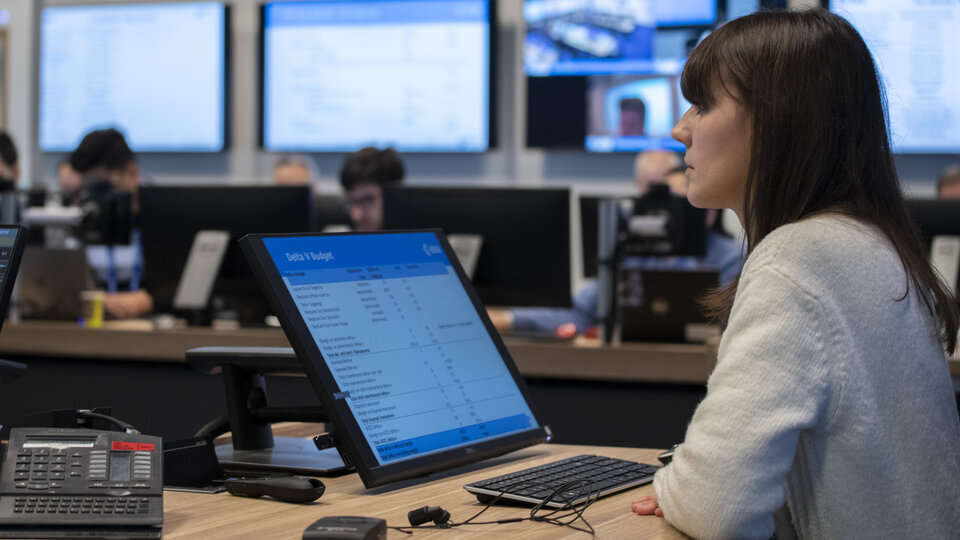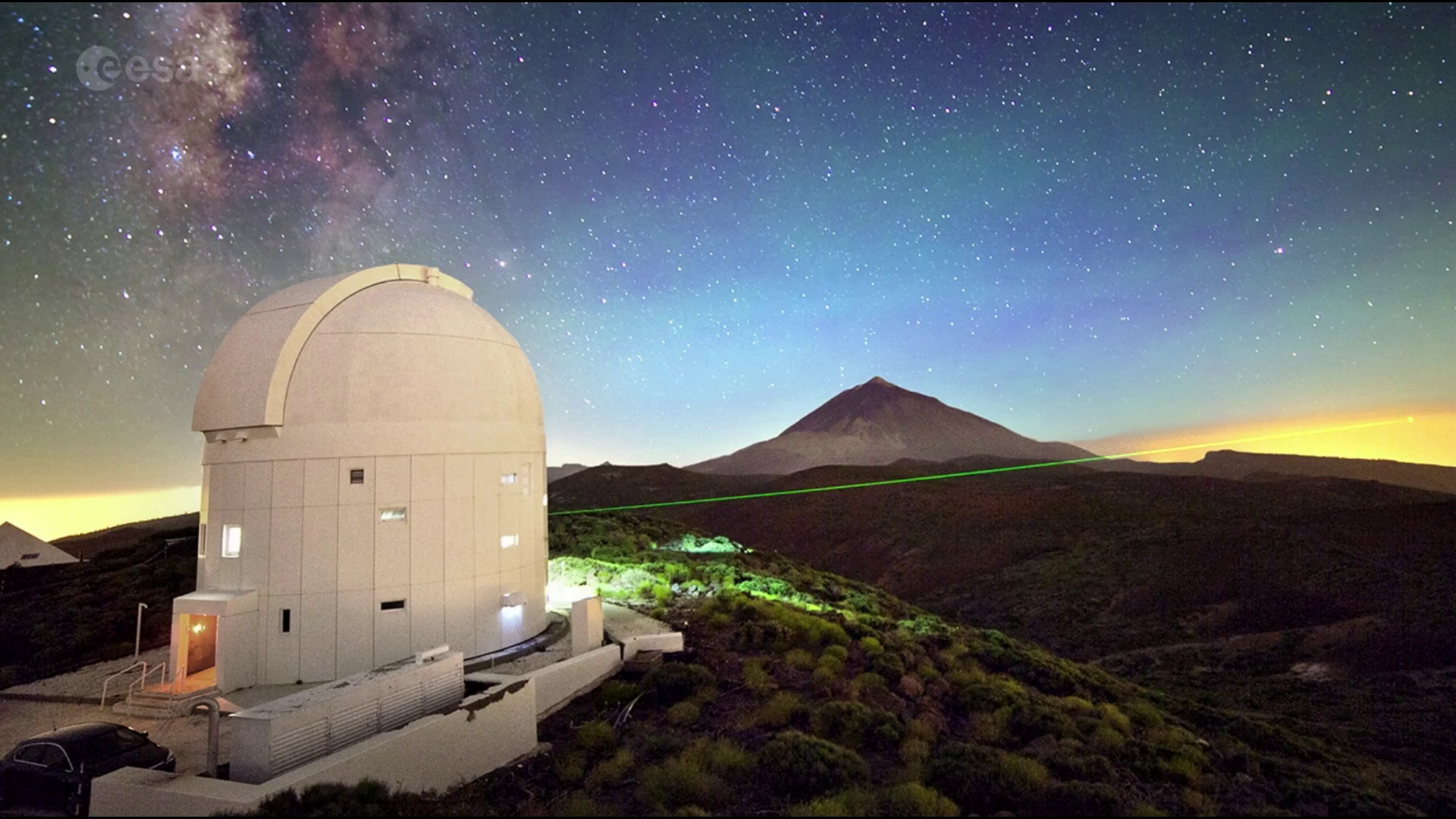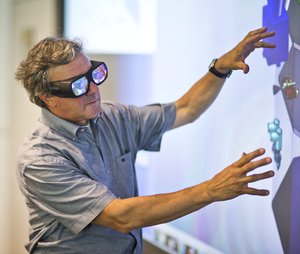Forging the future
Where does ESA get its ideas from? One major source of new concepts is through our Discovery & Preparation activities, forming part of ESA’s Basic Activities. Working with and across all ESA programmes, from human spaceflight to Earth observation, Discovery & Preparation lays the groundwork for ESA’s nearer-term future activities.
By supporting exploratory research into new concepts, Discovery & Preparation finds new ways of exploring space, supporting the evolution of ESA and contributing to overall Agency strategy. Through Discovery & Preparation activities, new technology, applications and working methods are investigated across all areas of ESA.
From exploring how to reduce plastic in the oceans and enable autonomous shipping, to investigating how to create a space internet and help astronauts prepare for life in space, Discovery & Preparation is advancing all areas of space research.
These investigations are carried out by experts within industry and academia, to provide new views on existing problems, as well as pushing the boundaries of our knowledge by developing the newest technology. We also seek the perspectives and motivations of industry by organising workshops, visits and interviews.

Furthermore, Discovery & Preparation activities assess the viability of proposed space missions, providing ESA Member States and the scientific community with all necessary information to help choose Europe's future paths into space. Providing a deeper scientific and technical understanding of new space endeavours, these studies takes place in ESA’s Concurrent Design Facility.
In coming months, Discovery & Preparation will focus its efforts on supporting research into specific applications of space technology, including encouraging marine safety and efficiency through autonomous shipping and monitoring marine plastic litter. In the more distant future, the activities will concentrate on forecasting natural disasters, analysing urban noise, printing food for space, seeking new methods of space transportation and much more.
A large number of ESA missions have been enabled through Discovery & Preparation activities. To find out more, explore our interactive mission timeline, which includes links to the research that has supported missions in their early stages. Most of these missions were launched, or are planned for launch, but even studies carried out for missions that never flew still advance our understanding of space science and technology.








